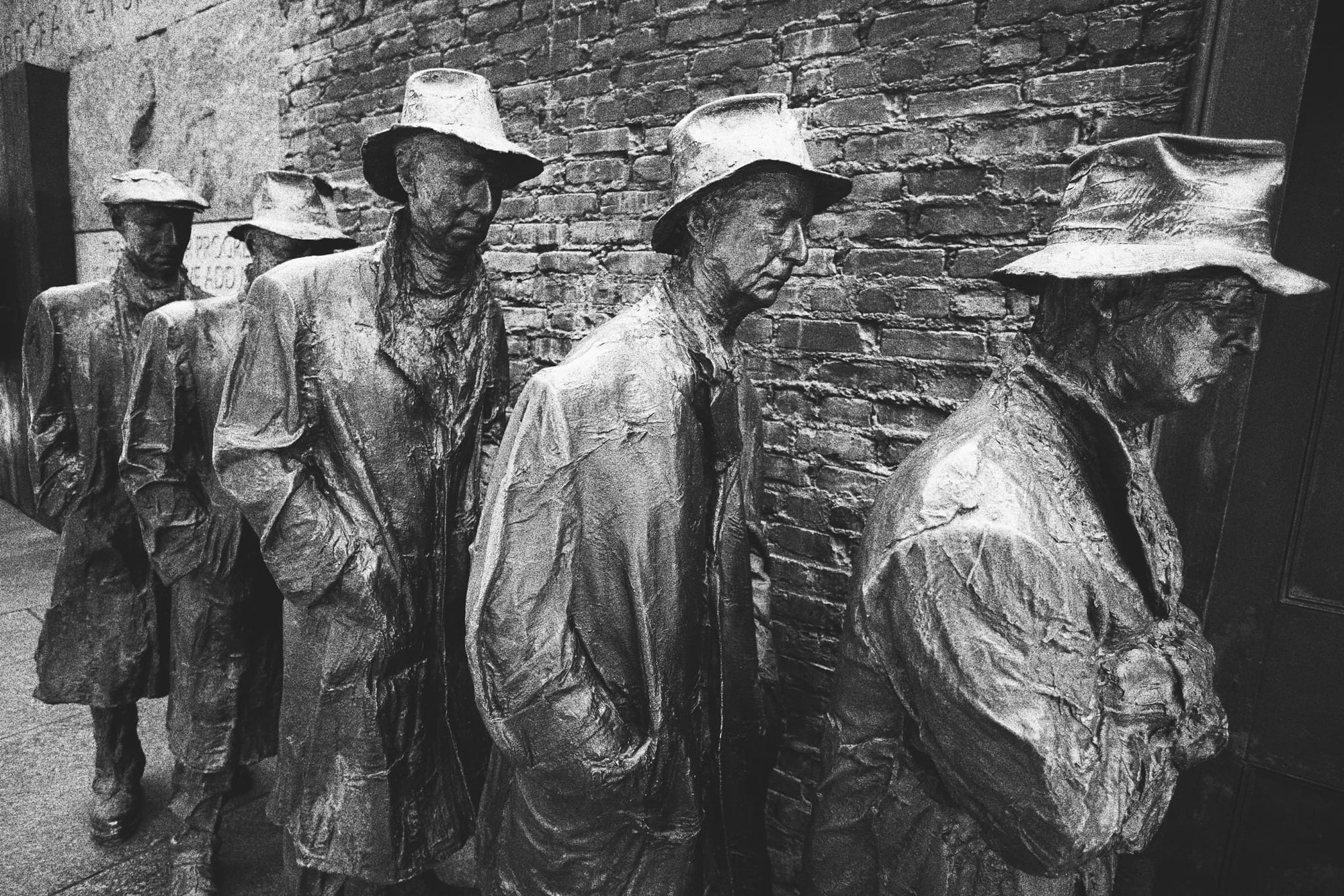Lessons Learnt: Stock Market Crash 1929

The stock market crash of 1929 was one of the most significant financial events in modern history. The crash, which occurred on October 29, 1929, is often cited as the beginning of the Great Depression, a period of severe economic hardship that lasted for over a decade. The crash had far-reaching implications for the United States and the world at large, and it remains a cautionary tale for investors and policymakers to this day. Here are some of the lessons that can be learnt from the event.
Lesson 1: Speculation and leverage can be dangerous
One of the main causes of the stock market crash was the widespread speculation and leverage that had been building up in the market for several years. Many investors had been buying stocks on margin, meaning they borrowed money from their brokers to purchase shares. This allowed them to make larger investments than they could afford with their own funds. However, it also meant that they were highly leveraged, and if the market turned against them, they would face significant losses.
Moreover, much of the stock buying was based on speculation rather than sound analysis of the companies being invested in. Investors were often more interested in the potential for quick profits than in the long-term fundamentals of the companies they were buying into. This created a bubble in the stock market, with prices rising far beyond what could be justified by the underlying economic conditions.
Lesson 2: Market crashes can have far-reaching consequences
The stock market crash of 1929 had a profound impact on the U.S. economy and the global financial system. As the value of stocks plummeted, many investors lost their life savings, and many banks that had invested heavily in the stock market were wiped out. This led to a wave of bank failures, which in turn led to a contraction in the money supply and a sharp decline in economic activity. Unemployment soared, and many businesses went bankrupt, leading to a decade-long period of economic hardship.
Lesson 3: Government intervention can help mitigate the effects of a market crash
In the wake of the stock market crash, the U.S. government took a series of steps to try to stabilize the economy and prevent a complete collapse. The Federal Reserve cut interest rates and injected liquidity into the banking system to try to prevent a wave of bank failures. The government also passed a series of measures aimed at stabilizing the stock market and restoring investor confidence.
These measures were not entirely successful in ending the Great Depression, but they did help to prevent the situation from getting even worse. Moreover, they set a precedent for government intervention in times of financial crisis, and many of the tools used by policymakers during the Great Depression have since become standard practice in times of economic turmoil.
Lesson 4: Diversification is key
The stock market crash of 1929 showed the dangers of putting all of one's eggs in one basket. Many investors who had heavily invested in the stock market were wiped out when the crash occurred. However, those who had diversified their investments, holding a mix of stocks, bonds, and other assets, were better able to weather the storm. Diversification helps to spread risk and reduce the impact of any one asset class performing poorly.
In conclusion, the stock market crash of 1929 remains a cautionary tale for investors and policymakers alike. The lessons learned from this event are still relevant today and can help investors to avoid the mistakes of the past. By avoiding speculation, diversifying investments, and being prepared for the possibility of market crashes, investors can better position themselves for long-term financial success.